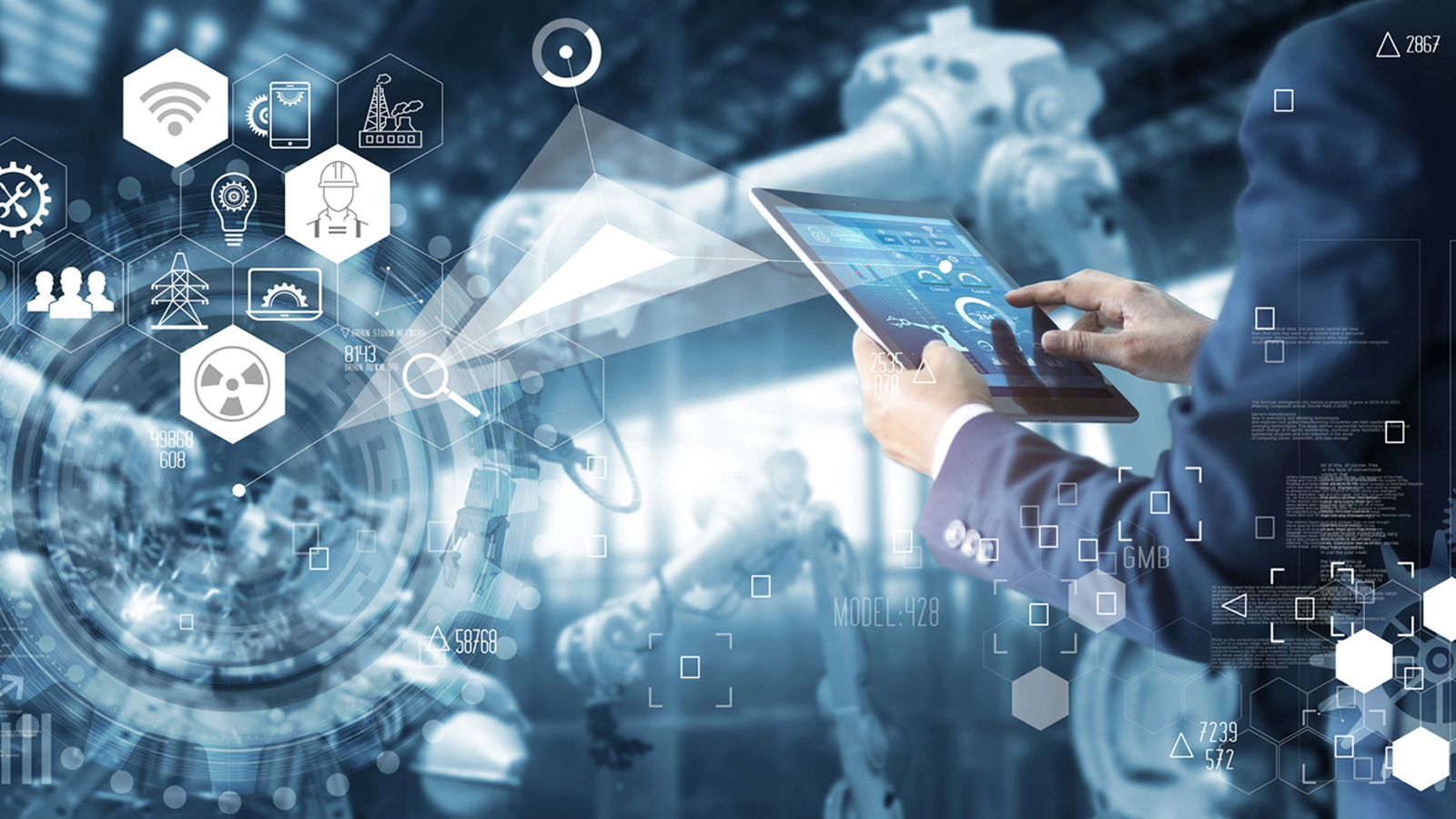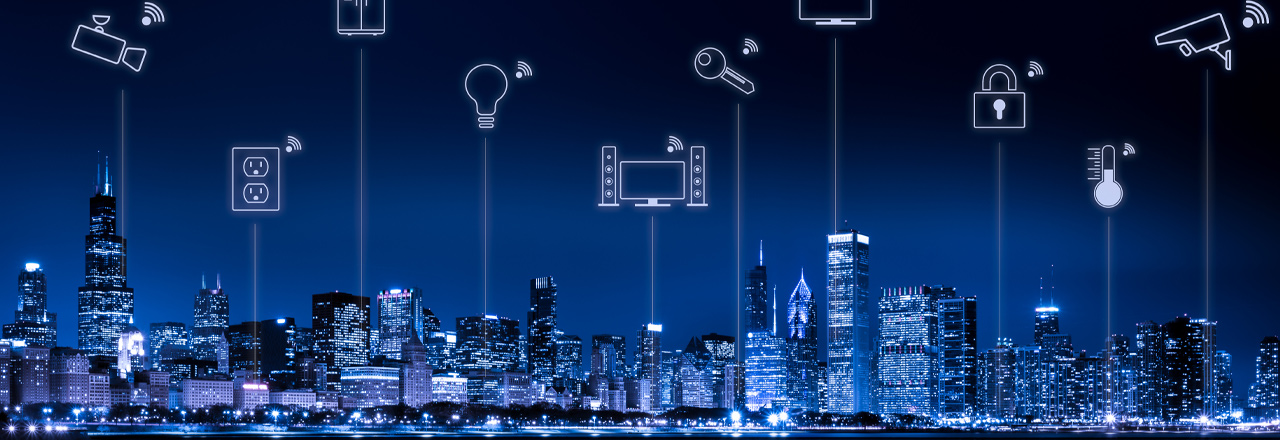5G & Multi-Access Edge Computing: Accelerating IoT Adoption for Industry 4.0
Industries are striving to achieve supply and demand targets, and maintain profit margins. Digital transformation is beyond just a mere buzzword today. It has become imperative, more so in the times of the pandemic. Industrial Internet of things (IIoT), is one among the handful of new technologies that the World Economic Forum and McKinsey consider pivotal in the future of manufacturing, and a vital improvement lever to help enterprises emerge from the current crisis.
IIoT encompasses all things that make a ‘connected enterprise’ possible. This essentially means connecting all machines to the internet, enabling them to speak to each other, gather information, and execute data-driven actions, based on the analysis of the information collected across various devices attached to them. For instance, one Microsoft plant could cut inventory costs by $200 million by using IIoT to identify inventory that was about to go obsolete. McKinsey estimates that the value created from the IIoT will hit between $1.2 and $3.7 trillion by 2025.
A common mistake made by leaders is to think of new technology adoption in isolation, without taking into account ecosystem requirements and the business value that the ecosystem brings in. Effective digital transformation is not only backed by business requirements but led by the business too. It is about envisioning how IIoT will bring value to business processes, its stakeholders, and end-users. But, IIOT cannot be implemented in isolation. It needs to be envisioned as part of an ecosystem—one that takes care of the IIoT implementation attributes.
IIoT & the 4 V’s of Big Data
The big data phenomenon – massive increase in volume, velocity, variety, and veracity (in that order) is no new concept. What is new is how quickly the data can be inferred to enable actuation where action is taking place. Data volumes are now exceeding 10 Terabytes (TB) per day for a single well, which when put in perspective, is equivalent to 6.9 million images uploaded to Instagram or the digital data storage required for 22,000 episodes of Game of Thrones. Though industries like O&G can gather data quite easily, leveraging insights from it always poses a challenge.
5G and MEC - Accelerating IIoT adoption
In our previous article, we talked about the whole concept of edge computing and how the power of 5G plus Multi-Access Edge Computing (MEC) technology will accelerate digital transformation and make way for new use cases. The promise of high reliability, super-fast connectivity, and global coverage of 5G, along with the ultra-low latency of MEC will support the growth and performance of IoT devices across various industrial verticals. (5G key performance indicators (KPI) specified Ultra-Reliable Low Latency Communication (URLLC) service requirements of no more than 10^-5 (0.001%) of 20-byte packets can fail to be delivered by 1ms. This is a packet and latency service level commonly provided by network service providers. This is about 99.999 percent reliability and 99.999 percent availability.)
Seamless, uninterrupted connectivity of billions of IoT devices, quicker, real-time data transfer, and processing at the network edge - 5G + MEC will open up many next-gen use cases for the industries that have embarked on the I4.0 saga.

Ecosystem for efficient deployment
IoT and MEC are part of the same ecosystem because edge computing helps address IoT adoption challenges such as network congestion and latency. Network congestion results from massive IoT deployment, performance requirements, and a huge volume of data generated by the devices. The demand for low or ultra-low latency for mission-critical IoT use cases also puts pressure on the network.
Multi-access Edge Computing (MEC) is the edge computing standard architecture created by the European Telecommunications Standards Institute’s (ETSI’s) MEC group. The purpose of edge computing and MEC is to bring real-time, high-bandwidth, low-latency access to latency-dependent applications distributed at the edge of the network. (use our previous blog script here) Since MEC is closer to the end-user and IoT applications, it makes way for a new class of applications. It allows network operators to open their networks to a new ecosystem and value chain.
Takeaways :
- As MEC is deployed closer to the devices where the action is taking place, issues around latency and network congestion can be addressed effectively.
- With the IoT traffic getting processed on-premise, at the network edge, bandwidth gets free for other crucial data.
- MEC can analyze large volumes of data generated by IoT devices as they are generally devoid of large data processing capability.
- Edge deployments can act as firewalls for IoT as well as storage devices, and provide networking resources.
- MEC’s superior radio transmission capabilities aided by 5G will improve QoS (quality of service)
Most research suggests that IoT will be one of the most important drivers of Industry 4.0 as enterprises lean towards adopting emerging technologies that are smart, agile, and augment human effort. The era of 5G and IoT provides a fair opportunity for all stakeholders in the value chain to develop new, innovative business models and engaging service lines, that deliver superior value, employee and customer experiences.










